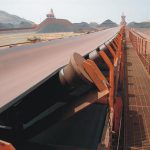How to Choose The Right Conveyor Belt for Cement Plant?
The history of cement can be traced back to the mixture of lime and volcanic ash used by the ancient Romans in construction. The concrete made by bonding gravel with it has not only higher strength after hardening, but also resistance to erosion by fresh water or salt water. After entering the 21st century, with the vigorous development of global infrastructure, cement has become one of the three major building materials. It is as consumed and irreplaceable as steel and wood. With the acceleration of the world’s urbanization process and the recovery of the world economy after the Covid-19 epidemic, the world’s demand for cement will still be in short supply.

As we all know, cost control and production efficiency are very important to cement plants, and rubber conveyor belts are consumables. Each link in a cement plant requires conveyor belts of different models and uses. How to choose conveyor belts reasonably? It is critical for cement plants to control costs and improve production efficiency. SUNGDA understands the cement industry very well and provides durable conveyor belts for cement manufacturers in more than 40 countries in the world. Let’s take a look at how we can help customers of cement plants make the right choice. Rubber conveyor belt.

The First Stage: Quarry and In-plant Transportation

1.Quarry and Crushing
The production of cement is started from quarrying the raw material. The main raw materials are limestone, basalt, sand stone, pumice, gypsum.
Of course, at this stage, the closer to the raw materials, the better. This will save a lot of transportation costs. This is why many cement plants choose to be near the mine. At this stage, due to the hardness of the ore and the sharp edges, the conveyor belt should be selected with wear resistance. And the models with high tensile strength are the main ones. The tensile strength needs to reach 24Mpa, and the abrasion is not less than 120mm3, (refer to the model SUNGDA-DIN22132-X/Y). For details on how to choose, please refer to the article:
After the crushing stage is completed, the material will be transported to the storage warehouse. At this stage, different conveyor belts should be used according to the length of the transport distance. For example, steel cord conveyor belts should be used for long transport distances, and tubular conveyor belts should be used for airtight transportation. , For normal distances and low environmental requirements, EP conveyor belts can be used.
2. In-plant transportation (Storing, homogenizing and grinding)

In this phase, Crushed limestone and other raw materials (such as sand, clay, fly ash and shale) are transported to the raw material storage area and then mixed in the required ratio and the mixed materials are fed into the mill (vertical mill/ball mill) dry and crushed into fine powder. At this stage, it is recommended to use abrasion-resistant conveyor belt of no less than 20Mpa, and because the material is easy to form agglomeration on the surface of the conveyor belt at this stage, it is recommended to use an anti-adhesion conveyor belt and use it with self-cleaning rollers and scrapers.
The Second Stage: Clinker Burning&Cooling /Storage
1. Clinker Burning
At this stage, the finely ground raw material or slurry is sent to the rotary kiln, and the high temperature of up to 2700 degrees Celsius is generated through precisely controlled coal powder, petroleum, and alternative fuels, and finally cement clinker is formed.
The fuel for cement calcination includes coal and petroleum coke. Flame-resistant and oil-resistant conveyor belts should be used when transporting fuel. At this stage, special attention should be paid to the use of high accumulation, gradual accumulation of energy, oxidation and flying of pulverized coal, it is very easy to cause pulverized coal to ignite spontaneously, and then open flame deflagration. If the conveyor belt has no flame retardant function, the fire will spread rapidly and cause serious consequences.

Related Links:
2.Cooling/Storage
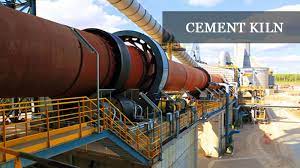
The temperature of the clinker entering the Clinker cooler drops rapidly. The cooled clinker enters the clinker storage through the belt conveyor. However, the clinker temperature after cooling is as high as 200 degrees Celsius, and high temperature will accelerate the aging of ordinary belts.

SUNGDA heat-resistant conveyor belt is very suitable for transporting hot clinker. Its rubber cover is super heat-resistant and can withstand peak temperatures up to 220 °C, thereby protecting the conveyor belt carcass and prolonging its service life.
The Third Stage: Clinker Grinding & Packaging
Cement grinding is the final process of cement manufacturing. Grind cement clinker powder nodules into finished cement products. At this stage, there are no special requirements for conveyor belts. It is suitable to use medium-strength conveyor belts, such as the 15Mpa-strength conveyor belt produced by SUNGDA.

Of course, different cement manufacturers have their own requirements for different stages of conveying. In the end, it is the best choice for enterprises to adopt suitable conveyor belts according to the actual production conditions of their own enterprises.
SUNGDA CONVEYOR BELT CO.,LTD

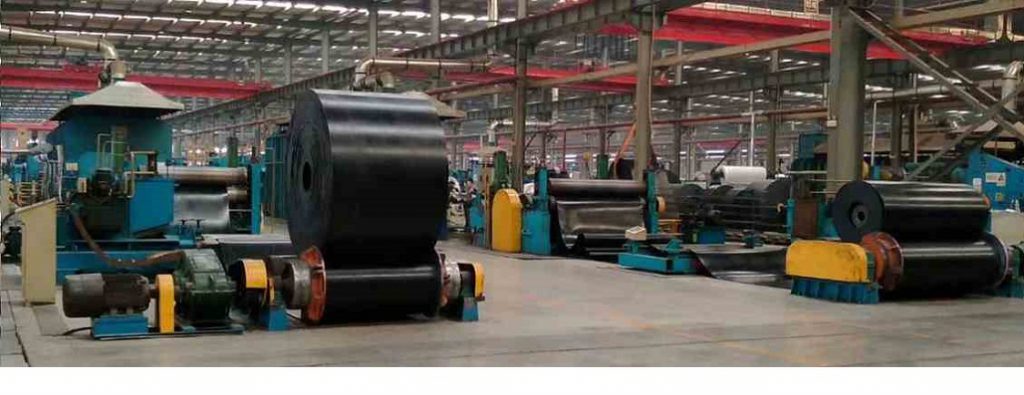
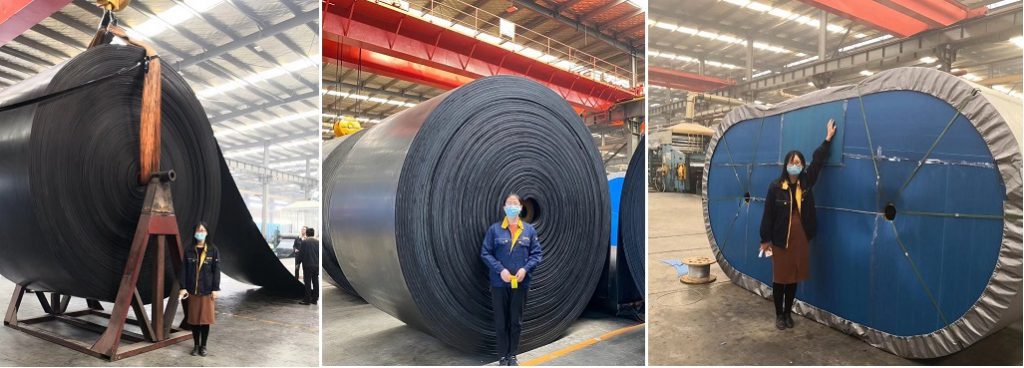
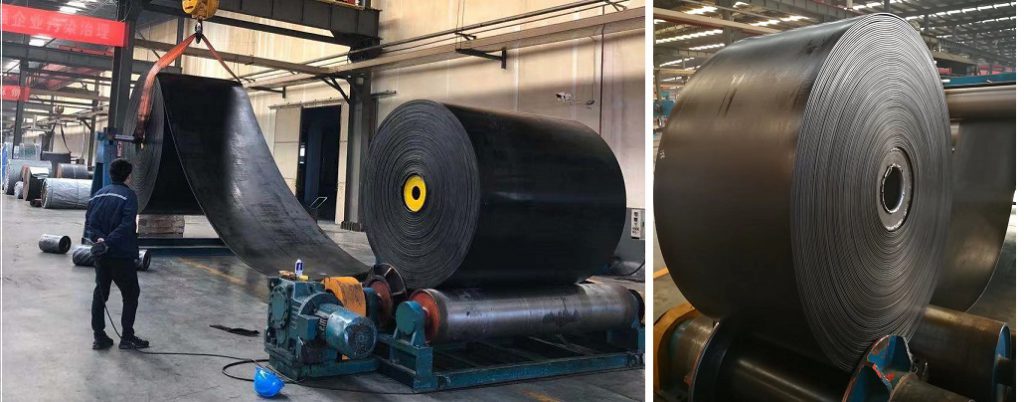


Official website: www.sungdagroup.com
Inquiry mail: info@sungdagroup.com
Tags: cement conveyor belt,cement plant,EP conveyor belt,Heat resistant conveyor belt




